
The Impact and Legacy of Futurism in Art and Design
In the tumultuous early 20th century, marked by a whirlwind of new inventions and a shift from agrarian to urban...
Commencing with a humble stone axe, humanity has progressively shaped a fabricated environment throughout history, driven by the imperative to survive and exert control over the world we inhabit. Our journey has been marked by the design and refinement of tools with ever-increasing sophistication. The contemporary cities we call home are a testament to our deliberate crafting of a man-made reality, encompassing everything from utilitarian street signs to mundane garbage cans, and soaring skyscrapers down to the everyday streets we traverse. In the intricate tapestry of our urban landscapes, we find the echoes of our collective ingenuity and the intentional imprint of human civilization on the world we navigate each day.
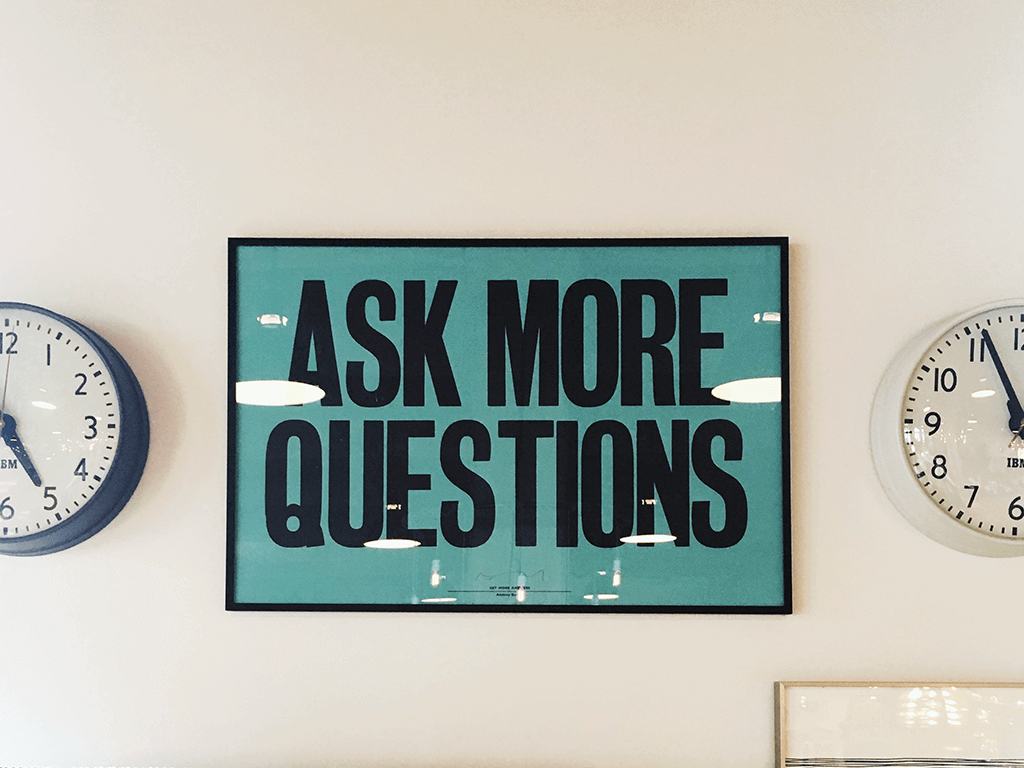
While not everything exhibits exemplary design, it is undeniable that everything within our visual spectrum has been intentionally crafted by someone. Despite the near-certainty of encountering well-designed objects, the world perpetually beckons improvement from the discerning eye of designers. In the realm of design, there exists a perpetual yearning for refinement. Designers, fueled by an innate creative impetus, envision possibilities for enhancement beyond the present state. Through constant cycles of reevaluation, research, and the integration of cutting-edge production technologies, they embark on a journey to redefine the contours of everyday items—be it a telephone, a screwdriver, or an airplane—with the overarching goal of simplifying and enhancing life. In their tireless pursuit, designers endeavor to unravel a spectrum of challenges, ranging from minor enhancements to grappling with some of the world’s most profound problems, contributing to progress one iteration at a time.
The best designs often operate in the background, seamlessly integrating into the fabric of the world. As Dieter Rams succinctly puts it, ‘good design is as little design as possible.’ Today, we find ourselves in a fortunate position, able to almost take for granted the presence of well-designed, well-crafted, and affordable products—a testament to the success of advanced capitalism. However, behind this seemingly effortless integration lies a complex and rich history. The definition of design, along with the role and status of the designer, has undergone numerous transformations due to the forces of capitalism, industrialization, mass production, wars, shifts in our worldview, and more. Design has consistently adapted to the changing tides of global trends, providing an alternative lens through which we can trace the nuanced history of the modern world.
To comprehend the intricate connection between our daily lives and the objects enveloping us, it becomes imperative to delve into the alternate history etched by designers and the compelling forces propelling them. Some might question the relevance of delving into design history, deeming it as an aspect of the past. Yet, I contend that to aspire to greatness as a designer, one must cultivate a broad visual vocabulary, and history serves as a wellspring for this purpose. With the aim of aiding fellow designers, this series endeavors to distill the history of design, spotlighting significant milestones. While the focal points primarily revolve around industrial design and visual communication design, the periods and milestones explored herein can readily serve as valuable references across diverse design disciplines.
After this brief introduction, let’s embark on this exhilarating and enlightening adventure. I am confident that as you journey through these blog posts, you will cultivate a heightened appreciation for the contributions of some of the great designers of the past. May these notes serve as a catalyst, igniting your curiosity to delve even deeper into the fascinating world of design history.

In the tumultuous early 20th century, marked by a whirlwind of new inventions and a shift from agrarian to urban...

As the twentieth century unfolded, emerging artists sought inspiration beyond the intricate designs of the Victorian era, Art Nouveau, and...
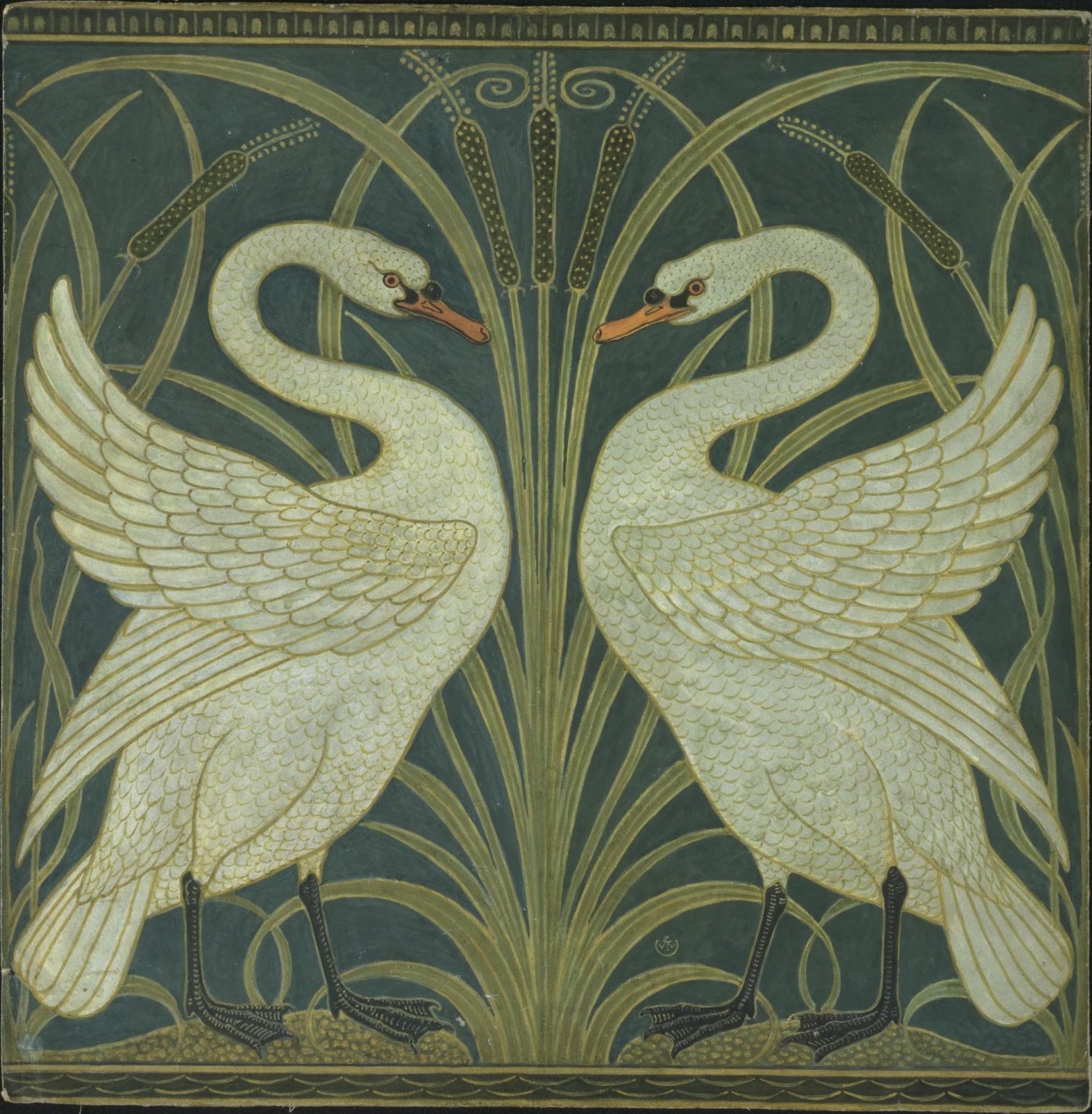
The Art Nouveau movement, which flourished in the late 19th and early 20th centuries, was characterized by its ornamental and...
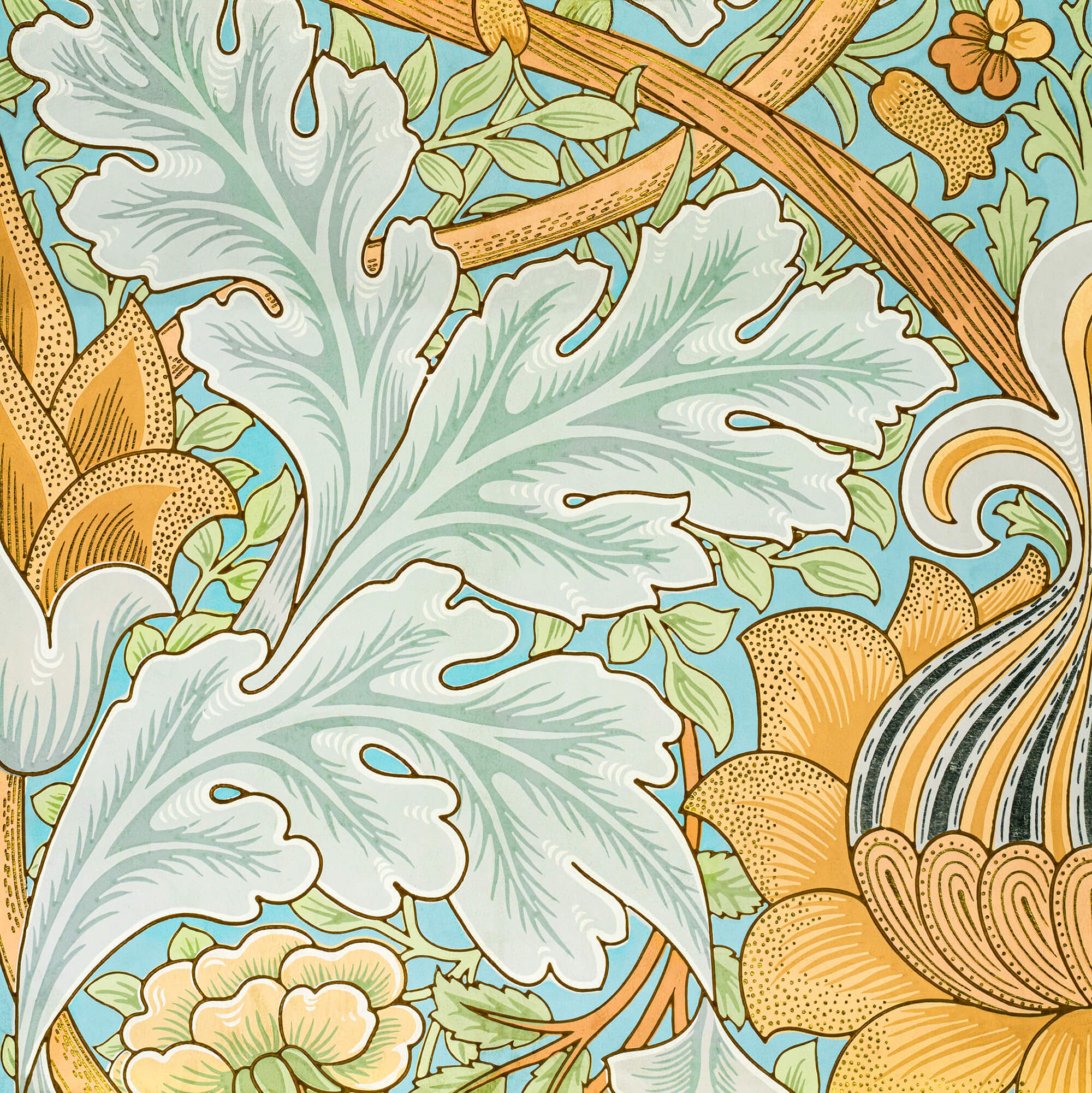
As the 19th century unfolded, the city of Paris became a hotbed of optimism and creativity, fueled by a confluence...

In the mid to late 19th century, the technological change was a big driving force, just like today. The new...

While these developments were happening, the deskilling of the craftsman and manufacturing of mass-produced items, expansion of factories and even...
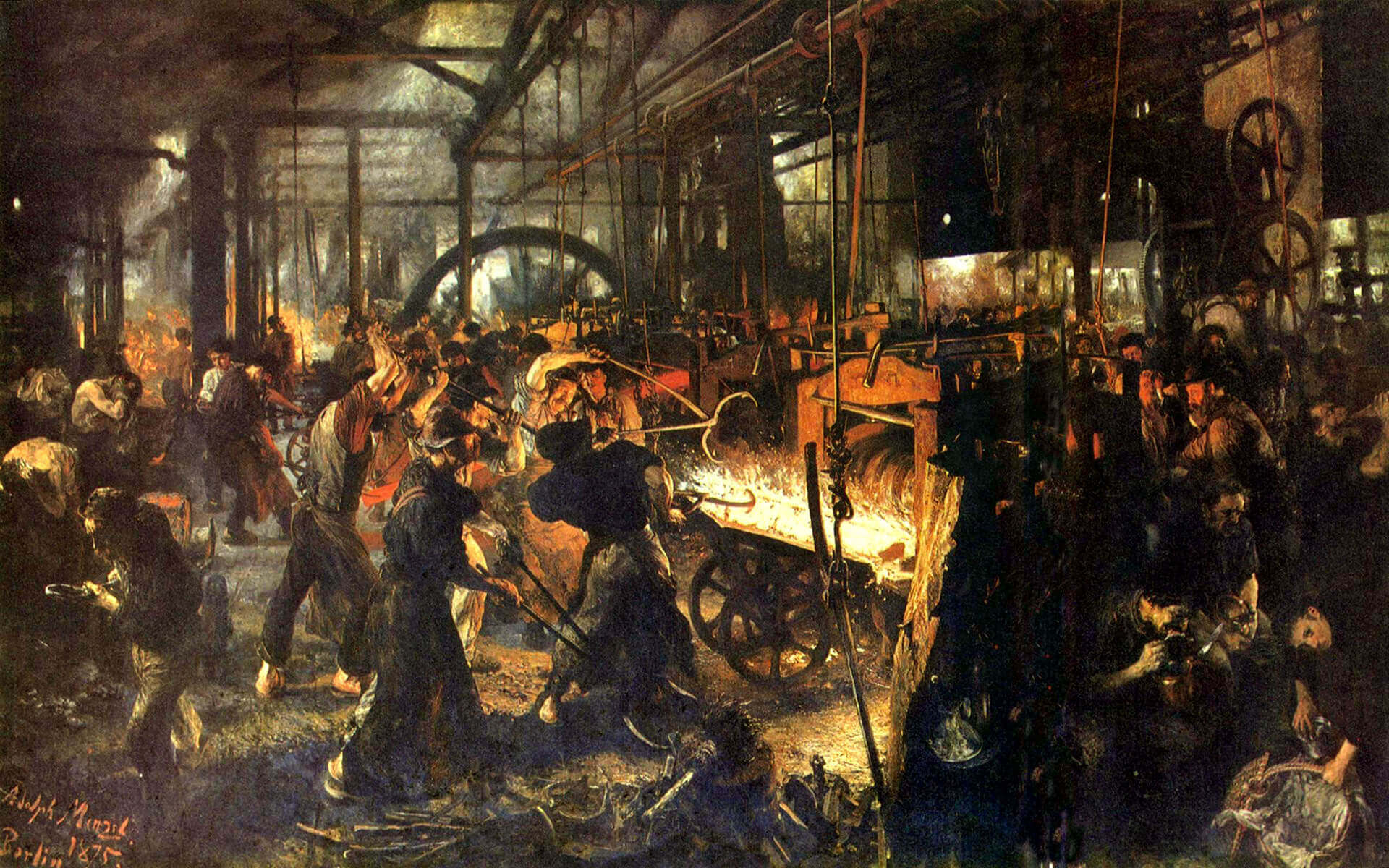
Before industrialization, things were made in small numbers, carrying the emotions and fingerprints of its creator as a result of...
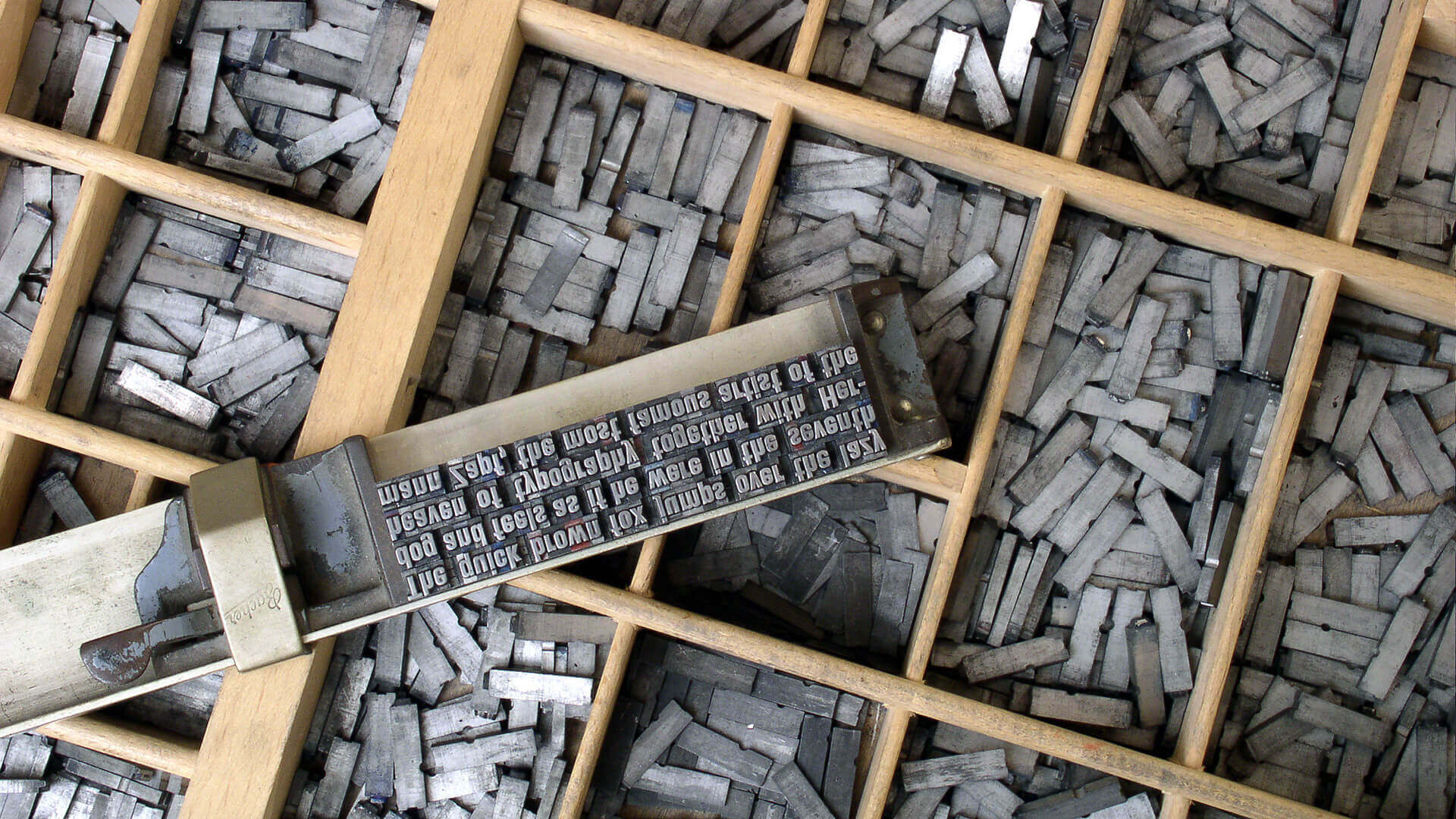
In 1400s AD, after several years of focused experiments, Johannes Gutenberg made the system scalable and led the way for...

The history of graphic design begins with the cave paintings. The prehistoric humans were marking their daily lives or the...

Starting from a simple stone ax, throughout the history we created a man-made environment, to survive and control the world...